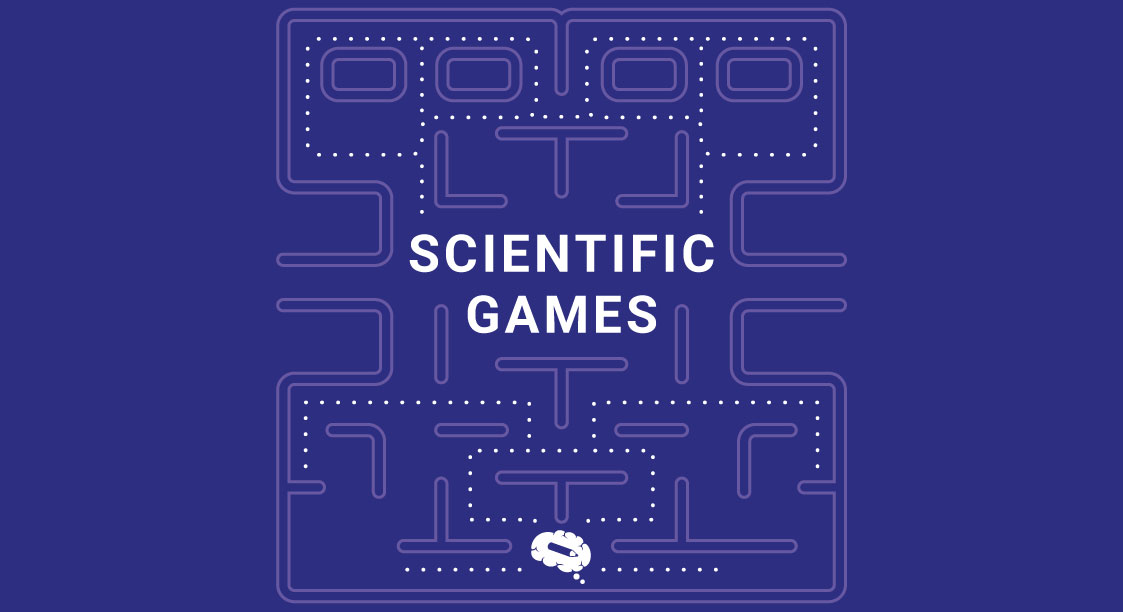Gamification – the act of applying game-mechanic or game-design elements to something – is changing the way we think about education in the 21st century. In this scenario, scientific games are becoming increasingly important for raising interest and engagement in science, promoting science education, and even making advances in the field of science itself.
Whether it is a digital platform, a board game, or an interactive in-person escape room, scientific games are playing an important role in the way, individuals – kids, young adults, and people in general – learn science, without realizing they are learning.
In this article, we will explore how scientific games are changing the way people can achieve knowledge, and helping scientists to improve science education with meta-cognitive strategies.
The role and benefits of scientific games
Games encourage a lower-stress, self-directed learning environment that can improve science education. Studies have shown that students as players who control over educational games have a significant improvement in learning outcomes compared to participation in teacher-directed learning (Vogel et al. 2006).
Self-directed gameplay encourages its users to develop their problem-solving skills. Hardcore gamers repeatedly use something called meta-cognitive strategies, which include:
- Taking conscious control of learning
- Planning and selecting appropriate strategies
- Monitoring the progress of learning
- Correcting errors
- Analyzing the effectiveness of learning strategies
- Changing learning behaviors and strategies when necessary
Meta-cognitive strategies on the go
Meta-cognitive strategies empower students to think about their own thinking. This awareness of the learning process enhances their control over their own learning. It also enhances the personal capacity for self-regulation and managing one’s own motivation for learning.
The key to planning and developing a scientific game is to think about how meta-cognitive strategies and science can merge to create a fun & educational experience. Spanning multiple platforms, gameplay genres, and intended audience levels, scientific games can come in any of the following examples:
Borderlands Science
The game encodes the DNA of each gut microbe as a string of bricks of four different shapes and colors. Players connect those colored shapes to help scientists estimate the similarity between each microbe.
Evolution
This one is an award-winning board game where 2 – 6 players adapt species in an ever-changing ecosystem with hungry predators and limited resources. Players create their own species with over 12,000 different trait combinations to explore, adapt, and play new traits. The evolutionary biology department at the University of Oxford plays this game, featured in the world’s leading scientific journal, Nature.
Foldit
Foldit is a one-of-a-kind protein folding computer game developed by university scientists. By playing this game, you can contribute to advanced research on human health, cutting-edge bioengineering, and the inner workings of biology.
Half-life
Named Game of the Year by over 50 publications, this title blends action and adventure with award-winning technology to create a frighteningly realistic world where players must think to survive. Also includes an exciting multiplayer mode that allows you to play against friends and enemies.
Human Resource Machine
Winner of Excellence in Innovation by the International Mobile Gaming Awards, this puzzle game teaches essential elements of coding. At each level, the boss gives a job. As the player automates it by programming the office worker, the game comes with another scientific mission.
Immune Attack
An educational video game created by the Federation of American Scientists and Escape Hatch Entertainment. Players navigate nanobots through a 3D environment of blood vessels and connective tissue in an attempt to save an ailing patient. As the game goes on, users learn about the biological processes that enable macrophages and neutrophils to detect and fight infections.
NeMO-Net
Single-player iPad game where players help NASA classify coral reefs by painting 3D and 2D images of corals. Players can rate the classifications of each other and level up in the food chain as they explore and classify coral reefs, shallow marine environments, and creatures from locations all over the world.
Phage Invaders
A free online platform for science education from Harvard University, Phage Invaders presents a city that is under attack and needs a hero to act fast to stop an army of viral villains from taking over it. Playing through levels that get harder and harder, users can learn the ropes of CRISPR defense.
The Powder Toy
The Powder Toy is a free physics sandbox game, which simulates air pressure and velocity, heat, gravity, and a countless number of interactions between different substances. The game provides you with various building materials, liquids, gasses, and electronic components to construct complex machines, guns, bombs, realistic terrains, and almost anything else.
Universe Sandbox
Universe Sandbox is a physics-based space simulator. It merges gravity, climate, collision, and material interactions to reveal the beauty of our universe and the fragility of our planet.
Wingspan
A bird-collecting board game, based on science, Wingspan has sold 300,000 copies since its debut in 2019. The game comes with 170 illustrated birds’ cards, each equipped with a power that reflects that bird’s behavior in nature, bringing the world of ornithology into the living room.
Online infographic maker for science
Mind the Graph is an online platform where scientists, academics, and healthcare professionals create professional-quality images with incredible illustrations for science, delivering powerful messages in posters, papers, and presentations.
The scientific content is usually complex in itself, so Mind the Graph comes with a minimalist design essence. The tool combines the essential design features available in a familiar drag-and-drop interface with a powerful library of science illustrations, currently the biggest in the world, and available in a freemium model for the academic community.

Subscribe to our newsletter
Exclusive high quality content about effective visual
communication in science.





